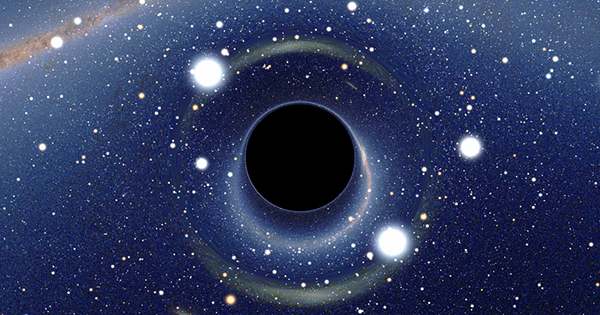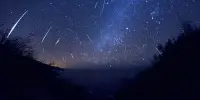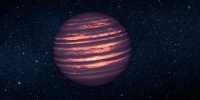The quest to explain the definition of dark matter has proved so frustrating that some physicists have suggested a fundamental alternative. If there is no dark matter, then they are reasonable, but instead, our understanding of gravity is wrong, does it lead to different behavior with our expectations on a very large scale?
Attempts to test this revolutionary hypothesis published in astronomy and astrophysics seem to favor the existence of dark matter, but it is not so final in rejecting the alternative. At the rate at which galaxy spins tell astronomers more, they travel more than the material we see, which is known as baryonic matter. Too much Rubin explained this observation with the idea that there is a lot of extra mass here that we don’t see, but that applies gravitational pull like normal visible matter.
It began a natural search to find out what the so-called dark matter contained, but many of the proposals were rejected. It was suggested that instead of some unknown form of matter, the extra spin gravitational results are macroscopically homogeneous even if they are isolated on the quantum scale. If that were the case, then Baronic matter could apply much more force in a much larger scale than Newton or Einstein’s theories predicted. Dr. Margot Brewer took part in a small and inevitable test of the concept of Groningen Verland at the University of 2016. In, however, now that Verland has its own team, it has an expanded version.
Brower and colleagues argued that if the dark matter were true, its distribution would not always match that of baryonic matter – the proportions between the two in the galaxy should be different. Emerging gravity, on the other hand, should mean a constant force compared to the baronic matter of a galaxy. From a sample of nearly a million galaxies spread across about 1,000 million square degrees browsers and colleagues have narrowed their focus to 259,000 galaxies so that their neighbors don’t distort their spin too much. The authors measured the radial acceleration relation (RAR) for this sample, a measure of the observational gravitational effects compared to what would be expected based on models of visible matter and gravity.
















